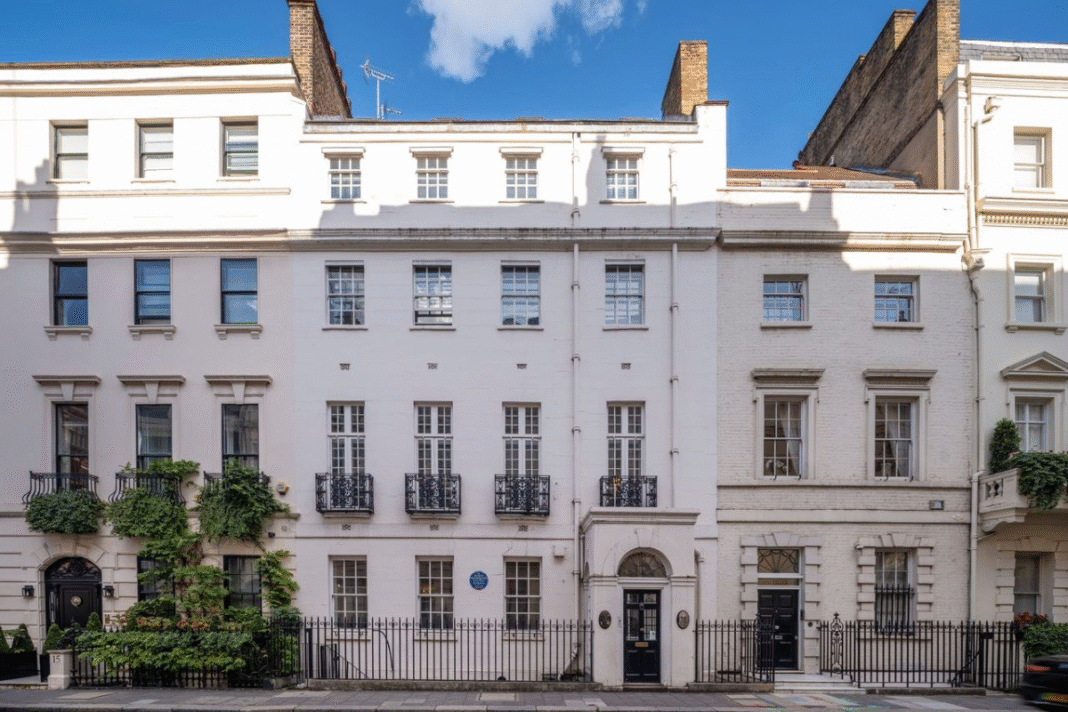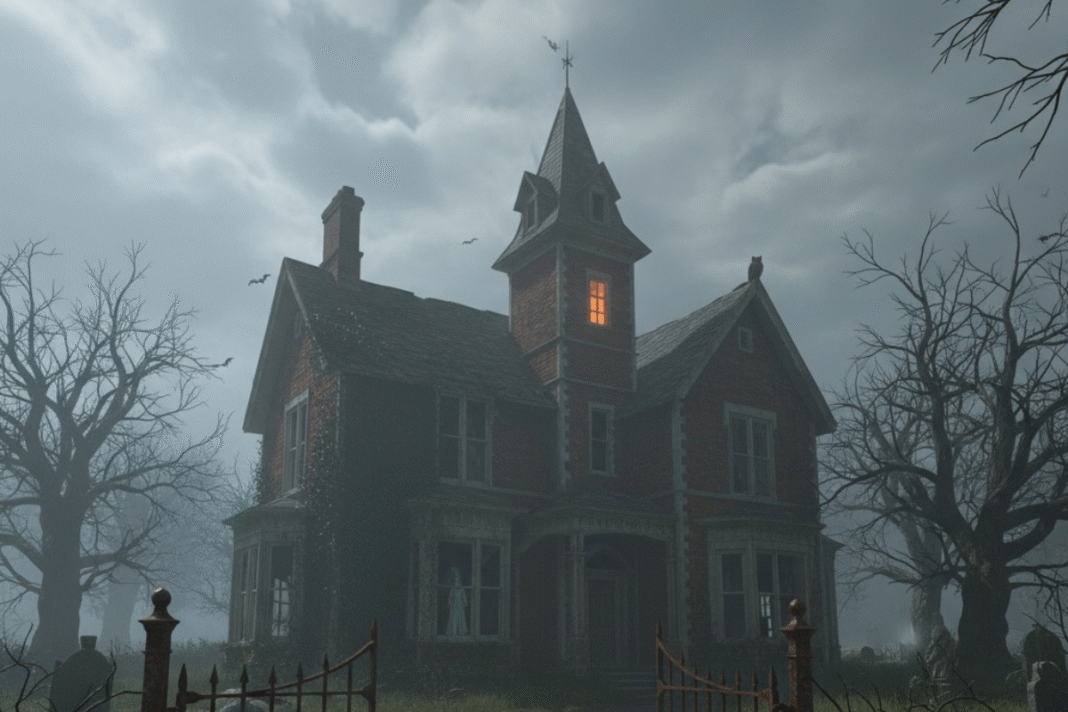Britain’s tenants are facing a Halloween shock this year, as new research reveals sharp increases in rents across the country with some areas seeing double-digit rises since last October.
Analysis by London estate and lettings agency Benham and Reeves shows that the average cost of renting in Britain has climbed by 4.6% (£60) over the past 12 months, pushing the typical monthly rent to a new high.
The North East recorded the fastest regional growth, up 8.1% (£56) on average, while every region across the country has seen rents rise over the past year.
At a local level, Newport in Wales leads the list of the sharpest increases, with the average monthly rent rising 16.7% (£134) since last Halloween. Newcastle upon Tyne follows closely with a 12.5% (£126) jump, while Broxbourne in the East of England has seen rents climb 11.4% (£167).
DOUBLE-DIGIT GROWTH
Other areas recording double-digit growth include Barking and Dagenham (+11.3%), Rhondda Cynon Taf (+11.1%), West Lancashire (+10.8%), Gloucester (+10.6%), Merthyr Tydfil (+10.5%), Nuneaton and Bedworth (+10.3%), and Bexley (+9.9%).
While the steepest percentage hikes have been recorded outside the capital, London continues to dominate in absolute cost terms.
The largest cash increase was seen in Camden, where rents have risen by £227 year-on-year to an average of £2,796 per month. Lambeth follows with a £208 increase to £2,454, while Barking and Dagenham is up £169 to £1,659.
Other high-growth areas include Broxbourne, Kensington and Chelsea, Richmond upon Thames, Hackney, Oxford, Newham, Wandsworth and Bath and North East Somerset – all recording rises of around £160 or more.
The figures add to growing evidence that Britain’s rental market remains under severe strain, with affordability pressures likely to intensify heading into 2025.
SUPPLY CONSTRAINTS
Marc von Grundherr (main picture), Director at Benham and Reeves, reckons that the data underlines how constrained supply and high demand continue to put pressure on tenants.
He says: “While the wider housing market has seen steady but measured growth since last Halloween, the rental sector tells a very different story.
“Demand for rental homes remains exceptionally high, and with the prolonged uncertainty of the Renters’ Rights Bill prompting some landlords to leave the market, there is even less stock to satisfy this demand.”
NATIONWIDE IMBALANCE
Von Grundherr adds that the imbalance between tenants and available homes is now a nationwide issue.
And he says: “The variety of locations within the top increases demonstrates that this isn’t confined to London or any one region. And although only two London boroughs feature in the top ten for percentage growth, the high base cost of renting in the capital means that even small rises translate into some of the largest monetary increases in the country.”











